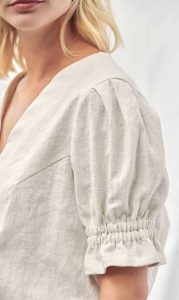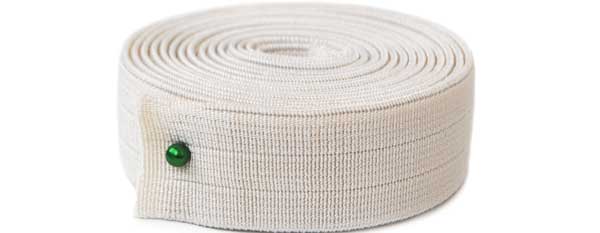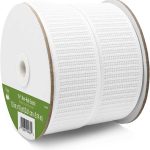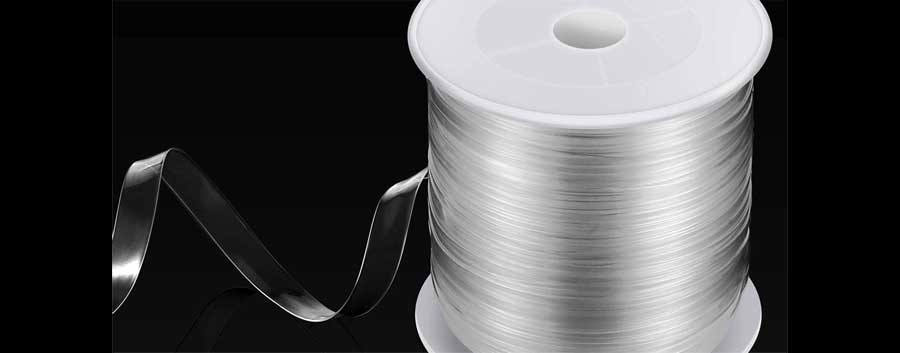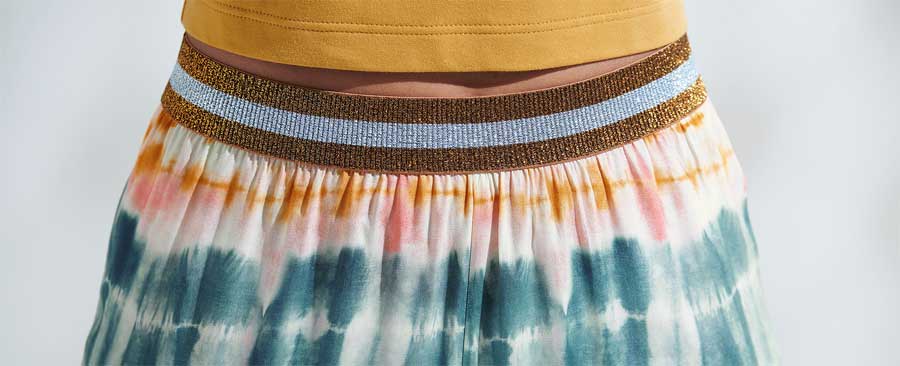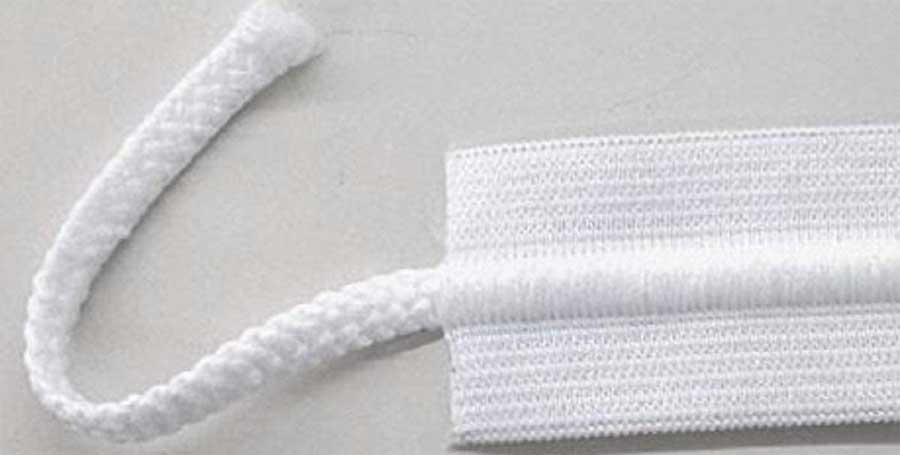Even though it may seem inconvenient and a waste of time, preparing your fabric before sewing ensures that your finished garment will look, hang, and wear well.
- Laundering: Many fabrics will shrink or pucker along the seams the first time they’re laundered, so it’s a good idea to wash or dry-clean it before you cut out your pattern pieces.
- Straighten the Grain: After preshrinking, straighten the grain of the fabric by pulling or pressing to ensure that the finished garment will look its best.
Preshrinking and Pressing
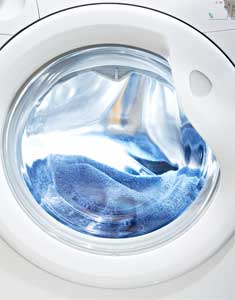 To preshrink, use the same method that you plan to use to launder your finished item. For example, if you’ll be washing and drying a garment by machine, preshrink by machine. If you’re unsure of the best care for the fabric, check the bolt for laundering information (this is a handy. Alternatively, some fabrics also have care symbols on the selvage edge that show care information. Note that there are also some fabrics that have been pre-shrunk or may not be in danger of shrinking. For example, many wools and silks are “needle-ready” and need nothing more than a touch up with an iron before you layout and cut the pattern pieces. With these fabrics, keep in mind that you will need to eventually clean most items regardless. Another item to note is that new fabric is treated with a finishing process to give it that lovely shine and polish. While it does make the fabric easier to work with for cutting and sewing, the finish will disappear after the first cleaning whether you do it as a pre-shrink or if you wait until it’s time for the item to be laundered.
To preshrink, use the same method that you plan to use to launder your finished item. For example, if you’ll be washing and drying a garment by machine, preshrink by machine. If you’re unsure of the best care for the fabric, check the bolt for laundering information (this is a handy. Alternatively, some fabrics also have care symbols on the selvage edge that show care information. Note that there are also some fabrics that have been pre-shrunk or may not be in danger of shrinking. For example, many wools and silks are “needle-ready” and need nothing more than a touch up with an iron before you layout and cut the pattern pieces. With these fabrics, keep in mind that you will need to eventually clean most items regardless. Another item to note is that new fabric is treated with a finishing process to give it that lovely shine and polish. While it does make the fabric easier to work with for cutting and sewing, the finish will disappear after the first cleaning whether you do it as a pre-shrink or if you wait until it’s time for the item to be laundered.
- Washing by hand is often the best way to launder hand-sewn garments. To preshrink the fabric, either wash and dry it by machine this first time only or simply wash it by hand. If you plan to do it by hand, fold the fabric and submerge it in warm to hot water with a little detergent. The detergent will work to remove any excess dye or finishing substance. Then rinse and air-dry the fabric.
- Undyed white and off-white wools tend to shrink at an alarming rate and should always be preshrunk. Lay the fabric on a large terry towel that has just been washed in the machine. The towel should be damp, but not sodden. Roll the fabric and damp towel together like a jelly roll, then leave them overnight. The next day, press the fabric smooth to remove the moisture.
- Some fabrics, such as wool crepe, must be dry cleaned. In this case, have your dry cleaner process the fabric as if it were a finished garment.
Press your preshrunk fabric before you cut out your pattern pieces and hang it on a hanger so that it won’t wrinkle. Be especially careful when working with fabrics such as crepe as uneven pressing could lead to the width and length becoming uneven and the grainlines no longer straight. While you’re at it, press and hang your pattern pieces, too — they’ll be easier to work with!
Straightening the Grain
Fabric grain refers to the direction in which the threads run. It’s important for the lengthwise and crosswise threads to meet at right angles, or the project will twist or hang crooked. Even though fabric is woven straight, with the lengthwise and crosswise threads at right angles to each other, it is often pulled off-grain during the finishing process or as it is wound onto the bolt. If you cut and sew a garment off-grain, it may never hang the way you expect it to.
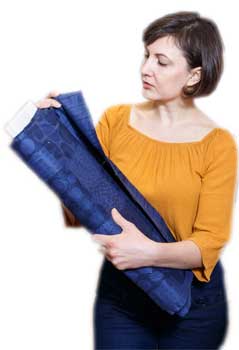 To combat this potential problem, check that the fabric is on the straight of the grain. That is with all edges, selvage, and cross-grain straight and at right angles. Start by making a snip through the selvage about 1″ to 2″ from one of the raw edges. Then do one of the following:
To combat this potential problem, check that the fabric is on the straight of the grain. That is with all edges, selvage, and cross-grain straight and at right angles. Start by making a snip through the selvage about 1″ to 2″ from one of the raw edges. Then do one of the following:
- If the fabric tears easily, tear the fabric from the cut point
- Take hold of one crosswise thread and pull it until the fabric gathers. Keep pushing the gathers along until you reach the other end or selvage of the fabric. You should see a fine line being created in the fabric. If the thread breaks, smooth out the gathers and cut on that line until you each the thread end, then pull a new thread from that line and continue working towards the opposite end. When you’re finished, carefully cut through that line to the end.
Now that you have a straight grainline, fold your fabric, matching the selvages and the cut edges. It’s a good idea to press the fabric and then place it on a flat surface. The selvage and cross-grain should be straight and at right-angles to each other. Cross-grain threads should lie on top of one another. If your fabric lays smoothly and your cut edges are even with each other, you’re ready to lay out your pattern and begin cutting out the pieces.
If the fabric is off-grain, pull the fabric firmly from the corners along the bias to straighten it. If you have a lot of yardage to work with, work slowly down the length of the fabric, pulling every 12″ from corner to corner. It helps to have another pair of hands to help with this, but if you are working alone, you can press the fabric while stretching it along the bias as you work.
Do you understand fabric grain, why it’s important and how to work with it? This video will help to explain it.





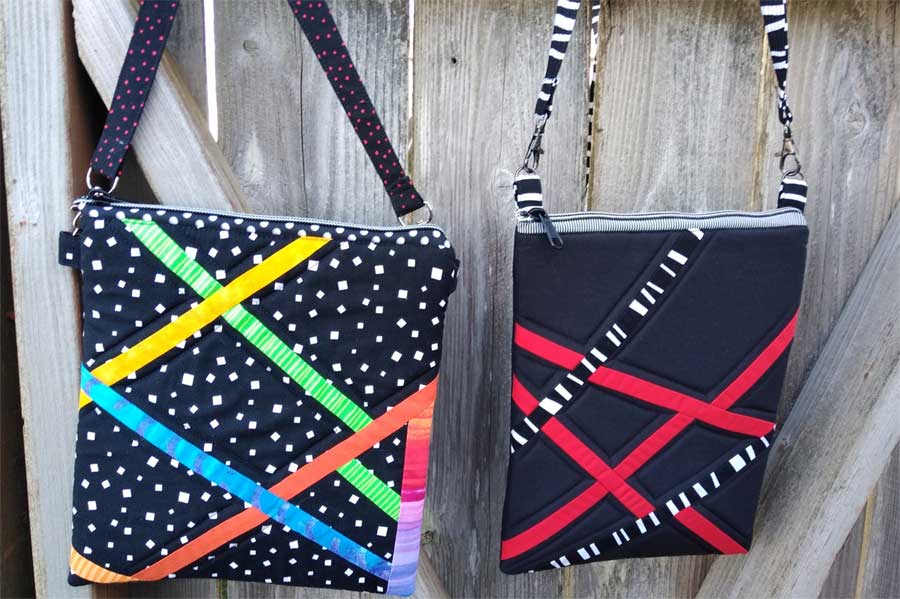
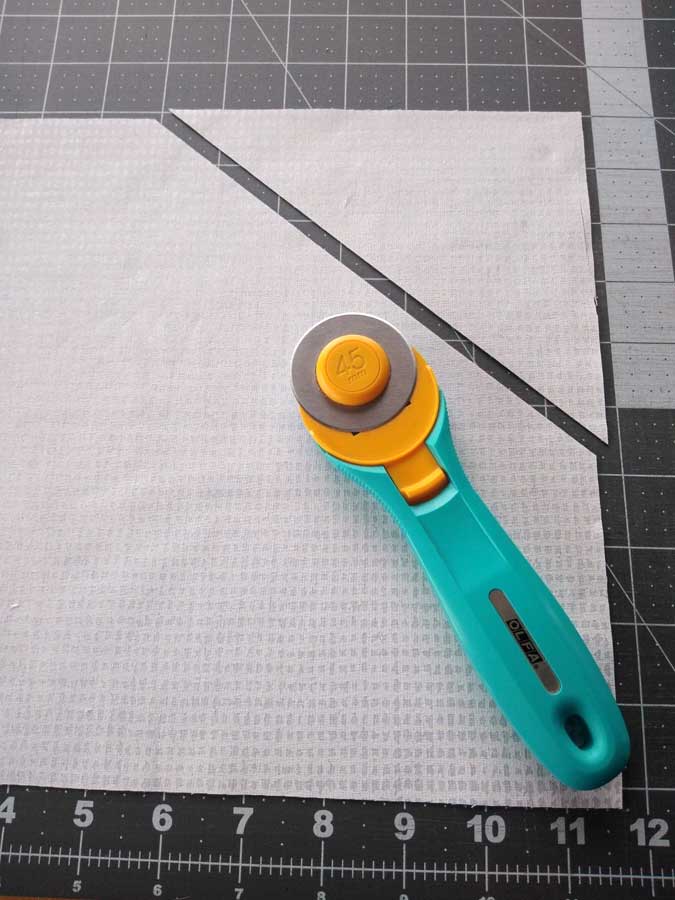
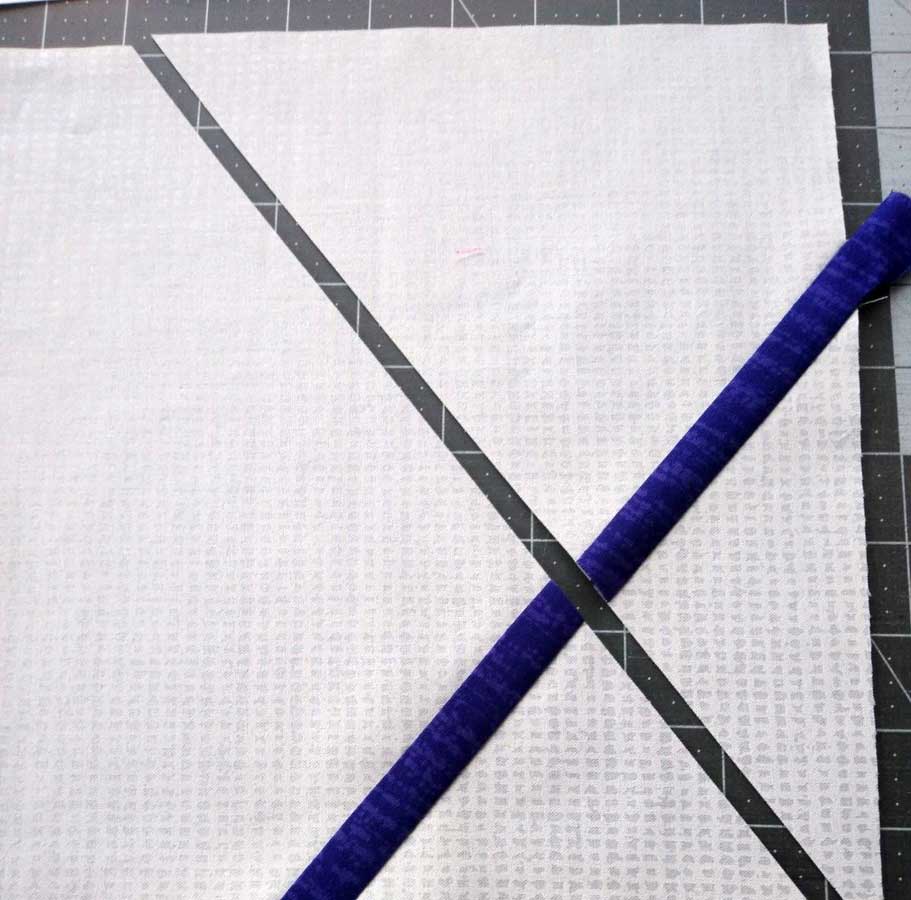
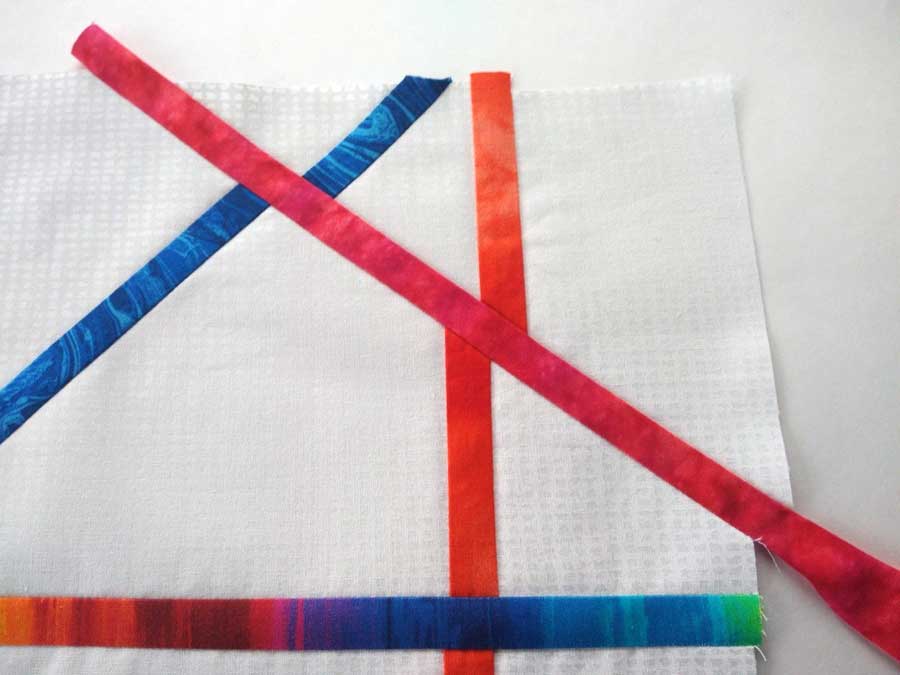
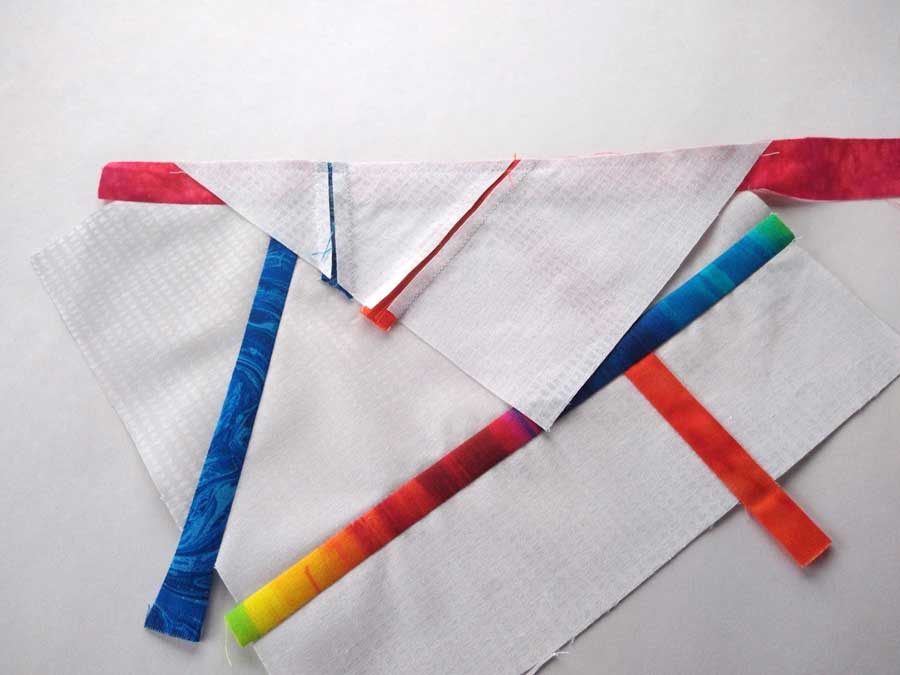
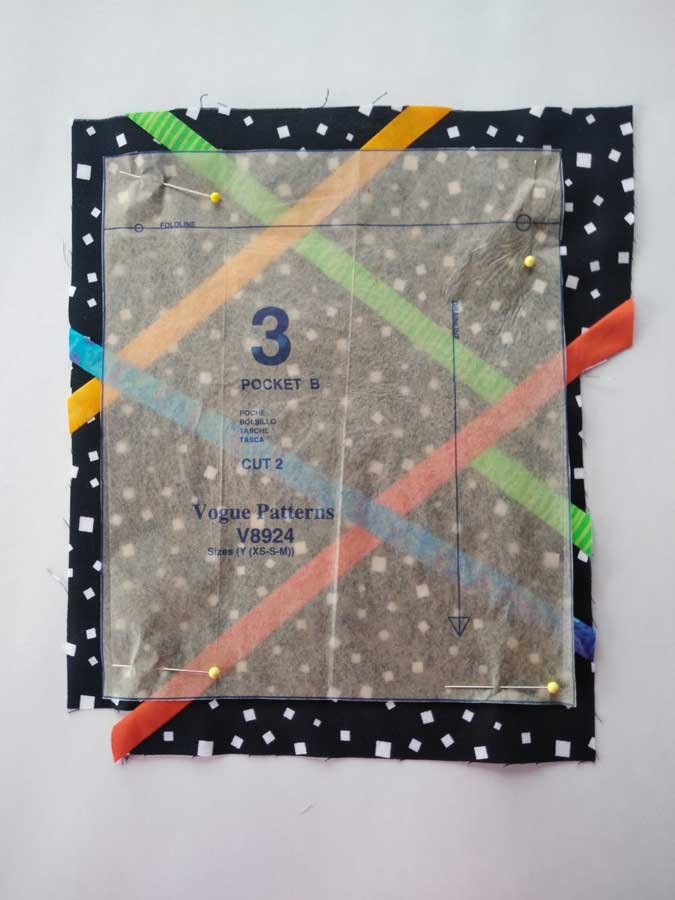
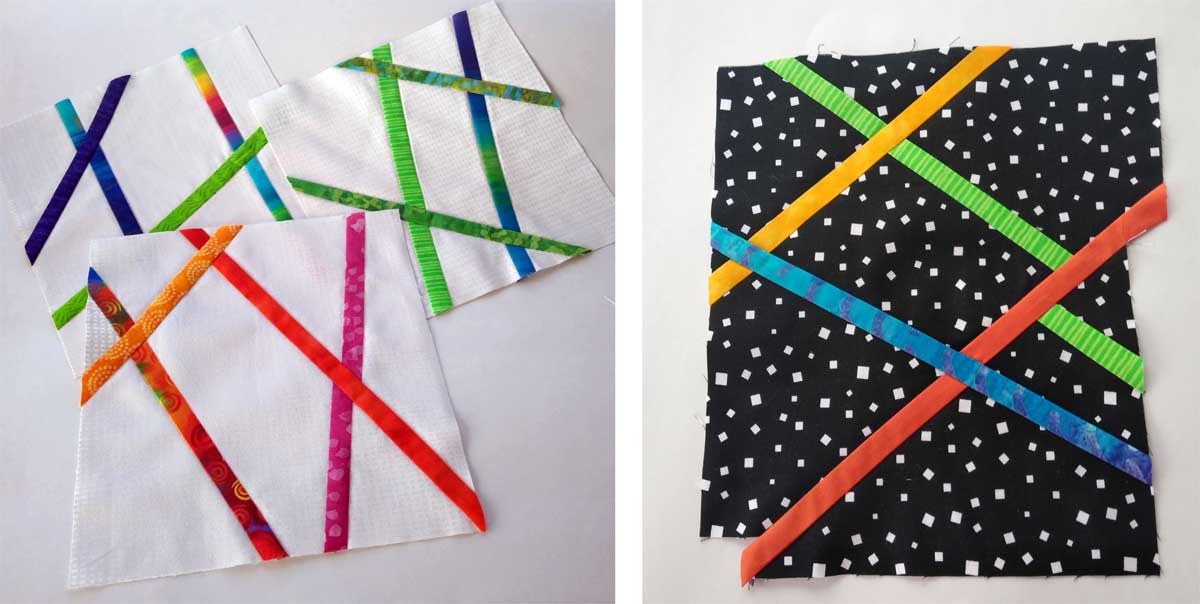
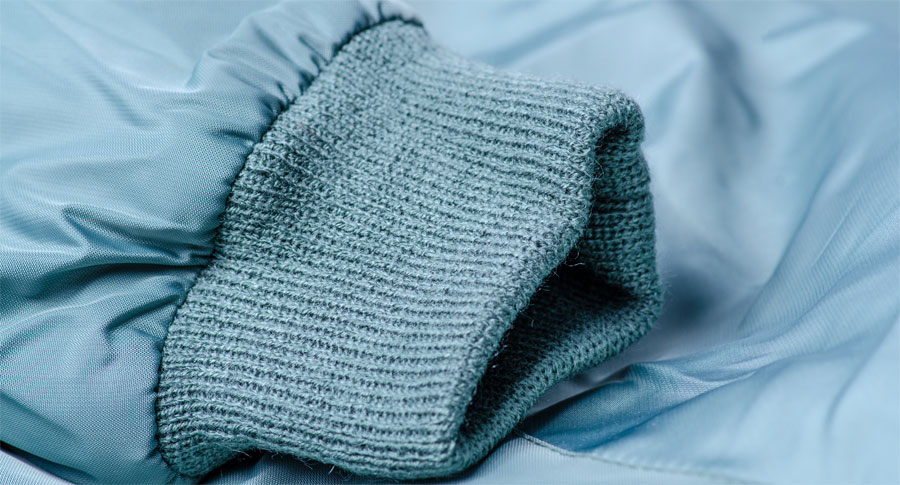
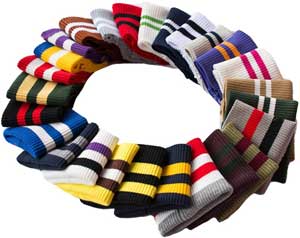
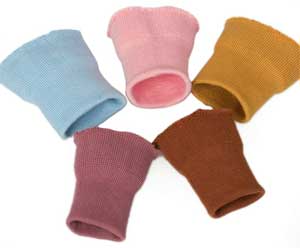
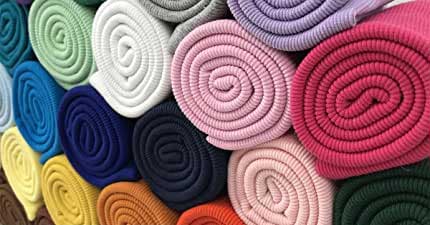
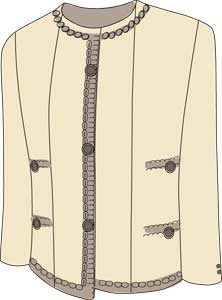 The gilded chain is an attractive, decorative trim on the inside of most Chanel jackets at the hemline, and is one of the most Chanelisms (the term used by the editors of Vogue Magazine to describe distinctive Chanel techniques). The chain is generally made of brass or heavy metal and is used instead of inexpensive lead weights that are hidden between the hem allowance and outer shell in traditional tailored jackets.
The gilded chain is an attractive, decorative trim on the inside of most Chanel jackets at the hemline, and is one of the most Chanelisms (the term used by the editors of Vogue Magazine to describe distinctive Chanel techniques). The chain is generally made of brass or heavy metal and is used instead of inexpensive lead weights that are hidden between the hem allowance and outer shell in traditional tailored jackets.